One of the benefits of working as a coach, at least as I see it, is that I can accomplish most of my work remotely. Working remotely means many video meetings. Whenever people see my video screen, they ask me about my colorful background.
You see, the whole wall behind my desk is filled with sticky notes. It is not decorative, though I do need a lot of color in my life. The sticky notes on the wall behind my desk are a live representation of my strategic business plan. I believe that having a business plan on my computer, stuck in a computer folder or file folder, doesn’t count. When it is on the wall you can SEE it. It is there bothering you, making sure you don’t ignore it and when you do ignore it, others who see it on your zoom wall keep reminding me to stay committed to my goals.
Why did I start using sticky notes?
When I started my coaching business, I bartered my coaching services with a woman who edited my first coaching blog. Beyond having editing skills, this woman, who was also a TV producer, suggested I try organizing my writing-thoughts using post-it/sticky notes. She told me that this is a tool they use as TV producers. On my way home from the meeting with her, I bought myself a colorful package of sticky notes. Since then, the sticky notes go everywhere with me, from coaching sessions to workshops to strategic thinking sessions. They help my clients organize their thoughts. The sticky notes are your tool to work on your strategic thinking muscle and then brainstorm ways to implement your vision.
Here is how I work with sticky notes:
Each idea gets one sticky note. It can be a word or a sentence. Do whatever feels right to you.
After you have a few notes on the table/wall/door, try to see if you can identify trends or specific topics.
When you start seeing some themes, group the ideas/word by topic.
Now that the sticky notes have allowed you to start creating connections between your ideas, you can move on to actions. Again, on each sticky note, you will write one action step.
Tips:
Color indexing – use colors to differentiate between different topics/themes, or between the title of each theme to the steps/ideas/goals you have. For example, all marketing goals and actions will be in one color. Another option is that you identify that there are a few different marketing goals like blogging, social media, and virtual/life networking. Then, each marketing goal will get a different color.
Workflow - when I listen to my clients, we can leave the session with a workflow. If your mind is wired to think in workflows, I would encourage you to take the next step with the information you have and organize your sticky notes as a workflow of your ideas.
Sticky notes are a playful way for us to take the thoughts we have in our heads that focus on the tactical side and make them more strategic. What’s cool about this tool is that when we put our thoughts on physical space and start moving them around, we can see the optimal organization of our ideas that have stayed too long in our heads. This is a different way of organizing our thoughts while still creating space for us to take a pause when we feel stuck and revisit what we have and move things around and see what makes the most sense for us.
If you haven’t yet played around with sticky notes, I hope it will inspire you to try this creative, strategic way thinking, and if you share the same passion for sticky notes as me, let me guess… you probably love notebooks and pens too – I knew it! :-)







